In the world of logistics and transportation, the flatbed trailer is a staple, widely regarded for its utility and versatility. Among various designs available, the curved flatbed has emerged as a topic of much curiosity and discussion. This article delves into the intricate engineering behind curved tractor trailer flatbeds, exploring their benefits, applications, and the underlying reasoning for their design.
The Structural Necessities of Flatbeds
Understanding Flatbed Trailers
Flatbed trailers serve a crucial role in the transportation of large, heavy, and often oversized loads. They lack sides or a roof, providing a large, open platform for cargo that can be loaded or unloaded from multiple angles. The simplicity of their design is what makes them popular, yet the innovation in their construction significantly impacts their efficiency and safety.

Why Curvature Matters
The curvature in flatbed trailers is primarily a design choice that enhances structural integrity and functionality. Curved flatbeds are engineered to not only support substantial weights but also to withstand dynamic forces that can influence vehicle stability.
Engineering Considerations:
Weight Distribution: Curved flatbeds can offer better weight distribution, especially vital when handling uneven loads. The concave shape allows cargo to be positioned in a manner that optimizes the center of gravity.
Flexibility Under Load: A curved design can allow the trailer to flex more under load, which can help minimize stress concentrations that might otherwise lead to structural failure.
Aerodynamics: While often overlooked, the aerodynamic performance of a trailer can affect fuel efficiency. Curved designs can reduce wind resistance, especially at higher speeds or during overtaking maneuvers on highways.
Material Choices and Construction Techniques
The choice of materials in the construction of curved flatbeds is equally significant. High-strength steel and aluminum alloys are commonly used due to their combination of lightweight properties and high tensile strength.
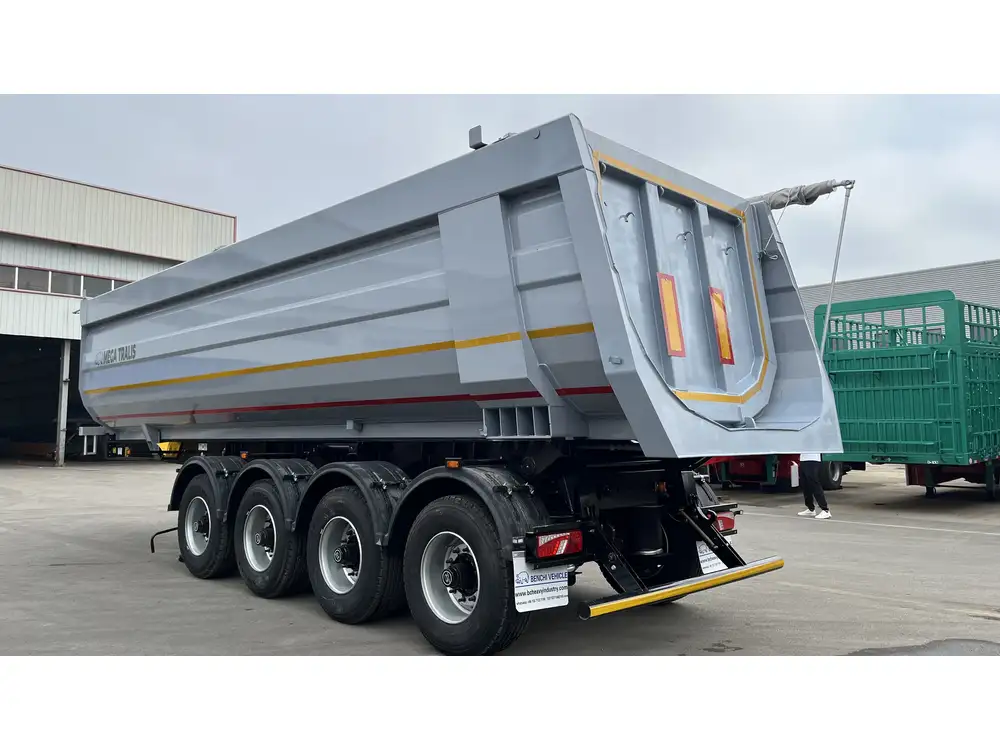
Key Material Attributes:
| Material | Advantages | Disadvantages |
|---|---|---|
| High-strength Steel | Cost-effective, durable | Heavier than alternatives |
| Aluminum | Lightweight, resistant to corrosion | Generally more expensive |
Manufacturers often blend materials, creating composite flatbeds that leverage the strengths of both metals while mitigating their respective weaknesses.
Benefits of Curved Flatbed Trailers
Enhanced Load Security
Curved flatbeds often come with specialized securing points and customized accessories to help keep loads safe during transit. The contour of the bed can facilitate easier strapping angles and more effective load containment methods, reducing the likelihood of cargo movement.
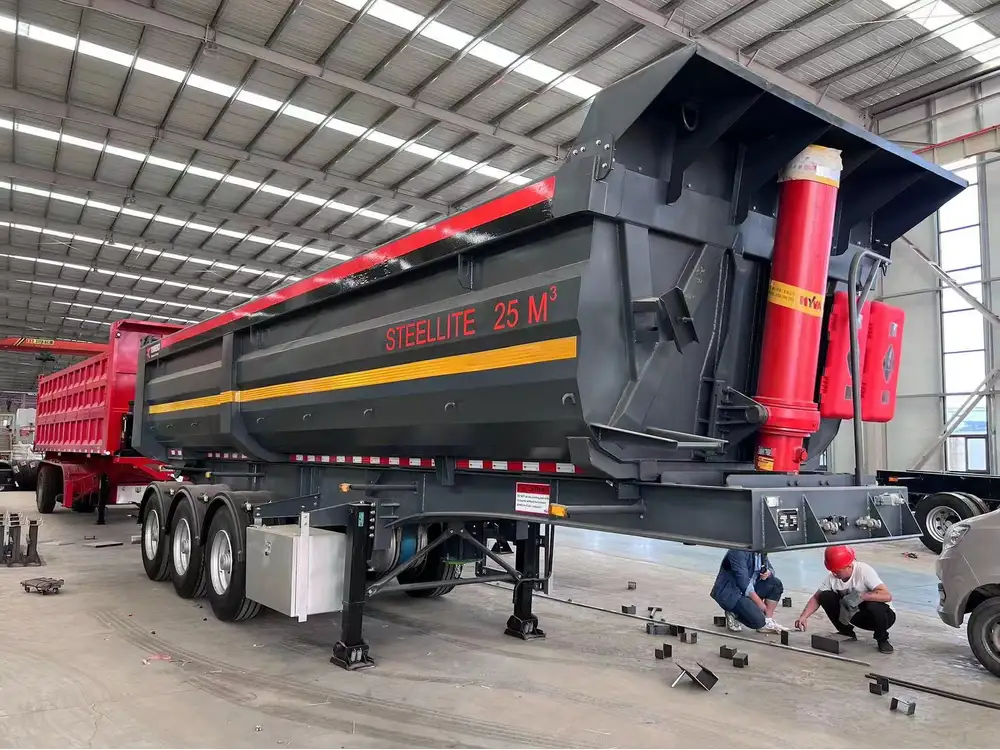
Load Securing Techniques:
Chain Tie-Downs: The curvature allows for better angles when using chain tie-downs, ensuring loads remain firmly in place.
Tarpaulin Systems: Because of the shape, custom tarpaulin covers can be designed to better fit the load, offering additional protection from the elements.
Improved Stability during Transit
One of the most noteworthy advantages of a curved flatbed is its ability to maintain stability, especially when traversing uneven terrain or going through turns. The structural integrity derived from the curved shape contributes to a lower center of gravity, which is essential for preventing rollovers.
Versatile Applications Across Industries
Curved flatbeds are not relegated to a single sector; they serve multiple industries, including:
- Construction: Transporting heavy machinery and building materials.
- Agriculture: Hauling oversized agricultural equipment or bulk materials.
- Oil & Gas: Moving drilling rigs and other cumbersome hands-on equipment.
- Manufacturing: Delivering oversized fabricated components.
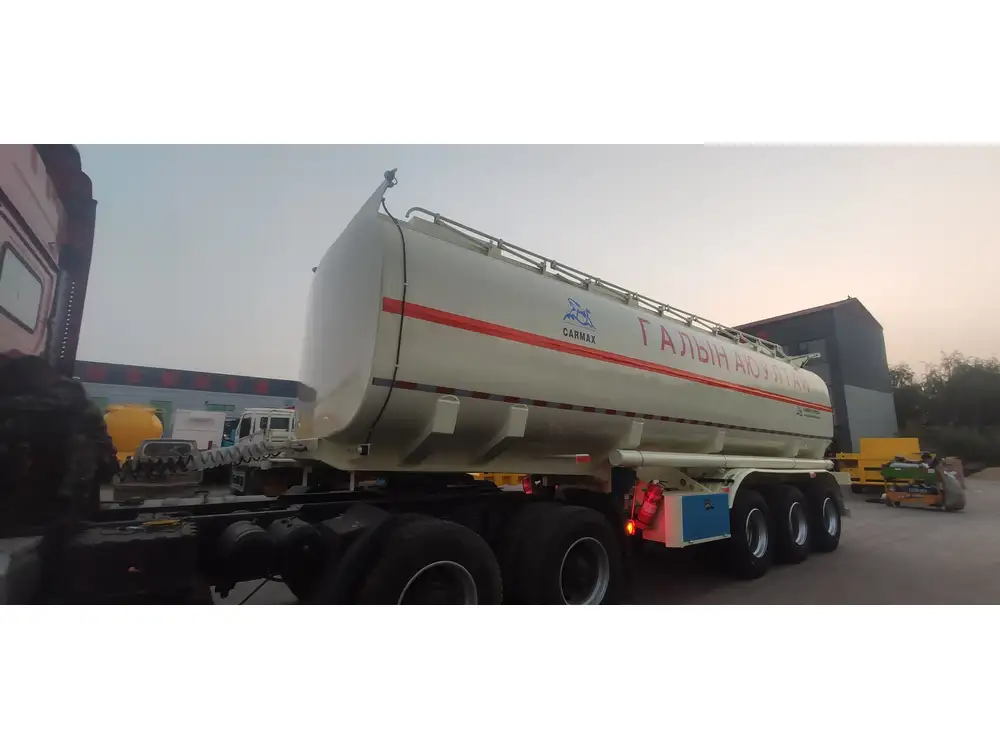
Comparative Usage in Different Industries
| Industry | Typical Cargo | Frequency of Curved Flatbed Use |
|---|---|---|
| Construction | Heavy machinery, lumber | High |
| Agriculture | Tractors, seed pallets | Moderate |
| Oil & Gas | Equipment, chemical containers | High |
| Manufacturing | Large parts, machinery | Increasing |
Addressing Common Concerns about Curved Flatbeds
Safety Regulations and Compliance
Safety is paramount in the transportation industry. Curved flatbeds often meet or exceed the stringent regulations set forth by organizations such as the Federal Motor Carrier Safety Administration (FMCSA) and the Department of Transportation (DOT). Compliance with these regulations ensures not only the safety of the driver and cargo but also other road users.

Common Safety Features:
- Reflective marker tapes: Adding visibility.
- Load bands: Used to support the load’s weight dynamically.
- Breakaway chains and locks: Used to secure cargo during abrupt stops.
Maintenance and Care for Curved Flatbeds
Regular maintenance is vital for ensuring the longevity and performance of any trailer. With curved flatbeds, particular focus should be placed on checking for wear and tear at the points of curvature, as well as regular inspections of the securing systems and anchoring points.
Essential Maintenance Practices:
- Regular Inspections: Monthly checks of the overall structural integrity.
- Lubrication: Ensuring moving parts and locking mechanisms are adequately lubricated.
- Washing and Detailing: Removing road grime to prevent corrosion and damage.
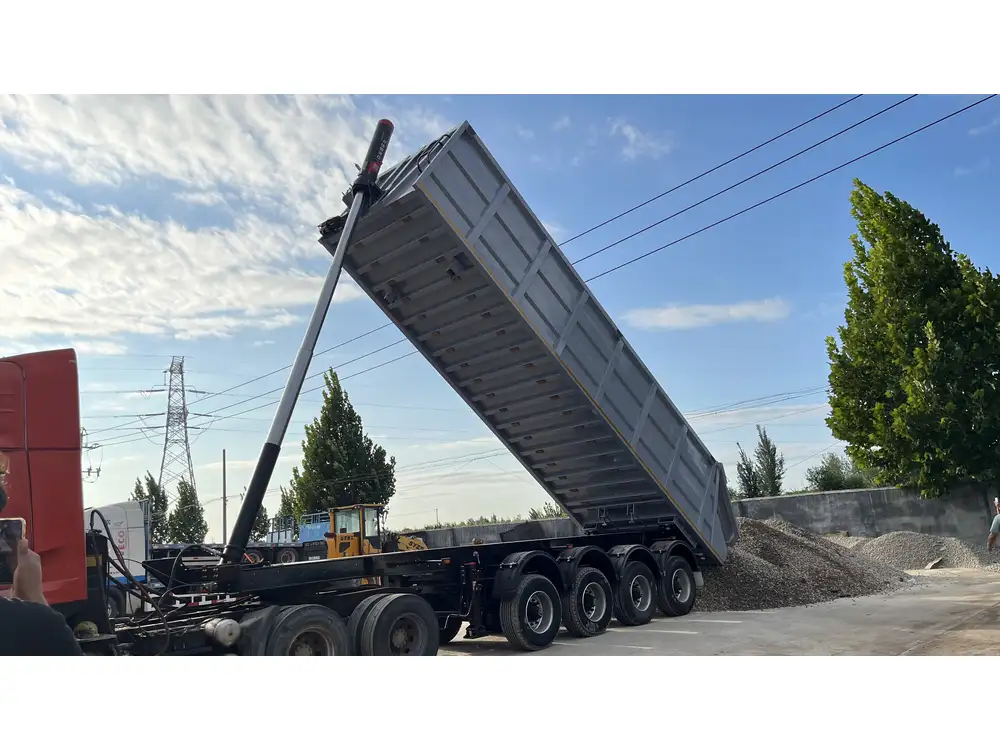
Load Capacity and Limitations
It is crucial to acknowledge that while curved flatbeds offer a variety of benefits, they do come with specific limitations regarding load capacity. Understanding these constraints can prevent overloading scenarios that lead to accidents or trailer damage.
Typical Load Capacities:
- Standard Flatbeds: 48,000 – 52,000 lbs.
- Curved Flatbeds: Designed to accommodate similar loads but with enhanced stability features.
Innovations in Curved Flatbed Design
The world of transportation is not stagnant; innovations are consistently changing the landscape of trailer design. The incorporation of advanced materials such as carbon fiber in curved flatbeds is an exciting development, promising lightweight yet robust alternatives. Moreover, technological integrations such as real-time weight monitoring systems are enhancing the efficiencies of flatbed trailers.
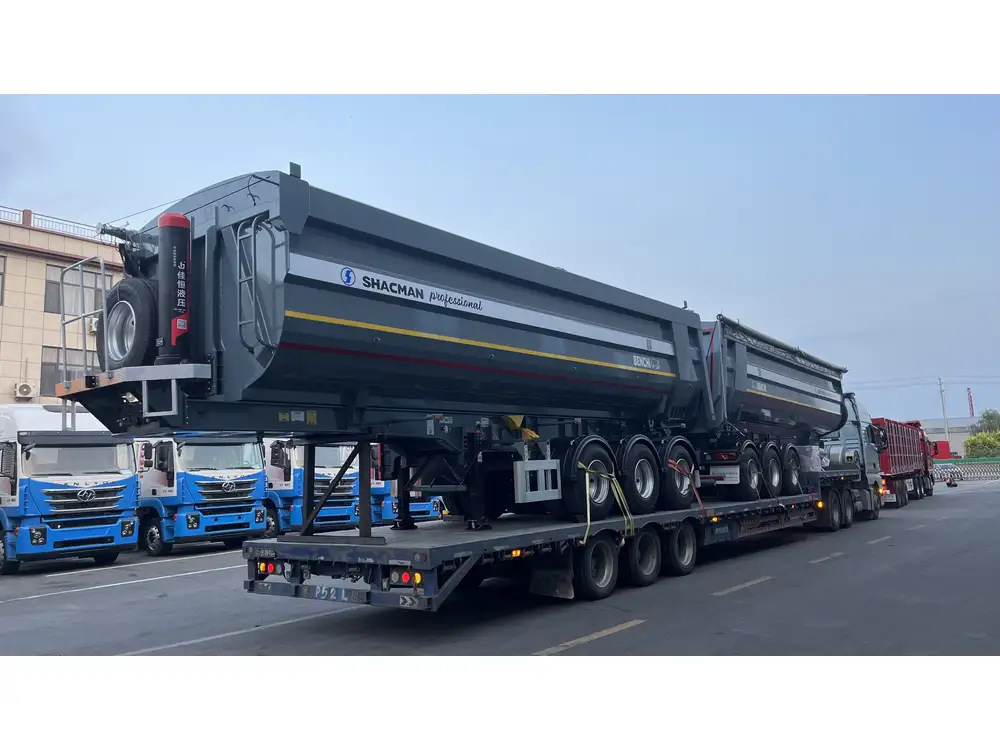
Future Trends to Watch
- Composite Materials: Leading to lighter and more efficient designs.
- Smart Technologies: The implementation of IoT for tracking load weight and conditions in real-time.
- Eco-Friendly Practices: Using sustainable materials in manufacturing processes to address environmental concerns.
Conclusion
In summary, the design of curved tractor trailer flatbeds is a masterclass in engineering that addresses the unique challenges faced during transportation. By providing enhanced stability, load security, and versatility for various industries, these trailers have become an indispensable asset in logistics. Both manufacturers and operators must appreciate the nuances of these trailers, understanding their benefits and limitations to utilize them most effectively.
As the logistics and transportation landscape evolves, manufacturers must stay abreast of innovations in trailer design and material science, ensuring they not only meet industry standards but exceed expectations. The future of flatbed trailers, particularly curved designs, signals promising advancements that marry functionality with sustainability, paving the way for efficient and safe transportation solutions.



